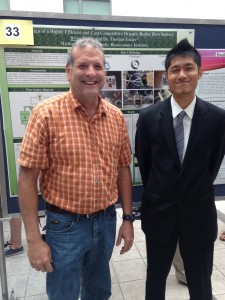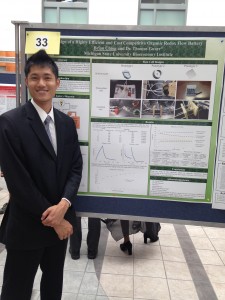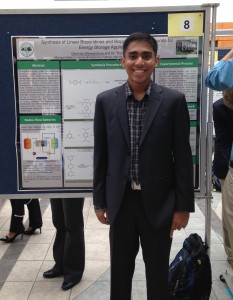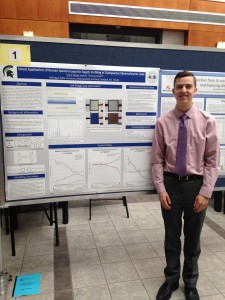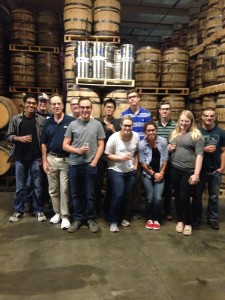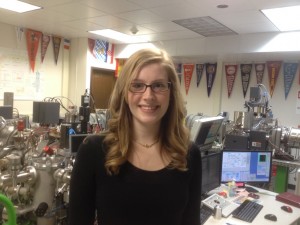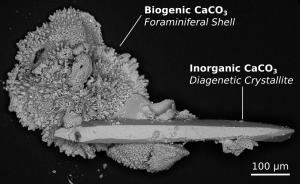Brian helped us this summer by developing better prototypes for redox flow batteries. His designs aided understanding of the reaction inside the battery cell.
Design of a Highly Efficient and Cost Competitive Organic Redox Flow Battery; Brian Chiou, Thomas F. Guarr
Renewable energy technology is growing rapidly. However, renewable energy relies heavily on energy storage systems to balance fluctuating energy generation. The high manufacturing cost and limited life cycle of current commercial battery technology inhibits large scale grid storage application. This research project focuses on an organic flow battery with significantly lower manufacturing cost and minimal chemical degradation for longer cycle life.
Brian graduated this year with a Chemical Engineering degree from MSU. He is presently working for LG here in Holland. He is also continuing to further his research in the above subject. Thanks for your work, Brian.
